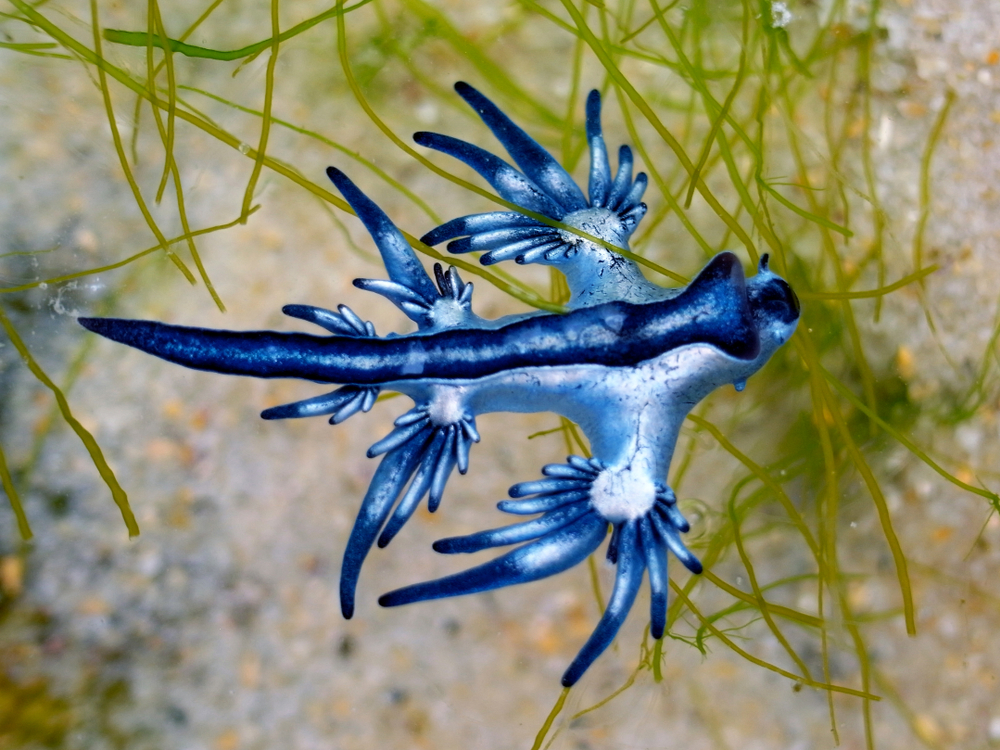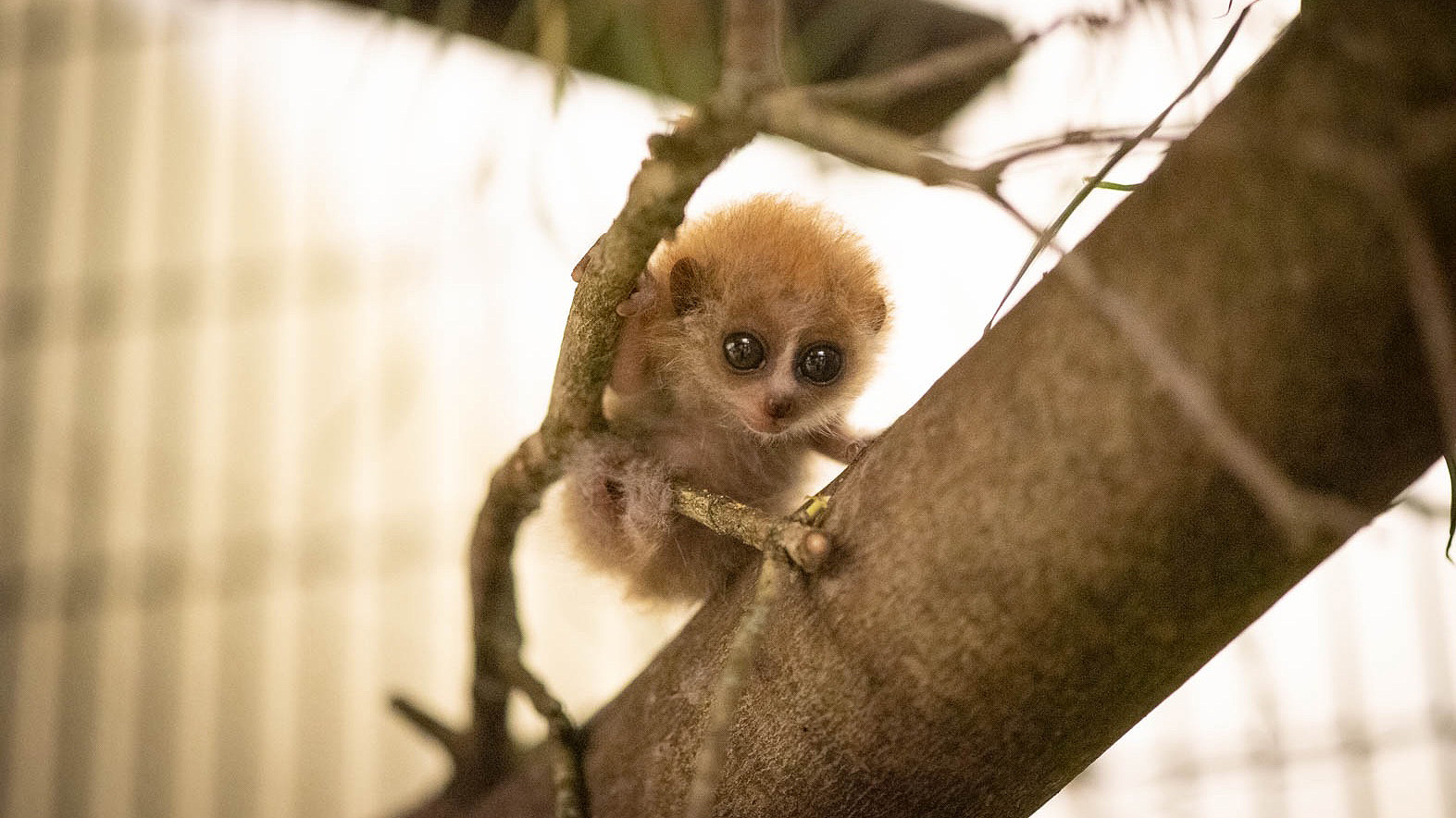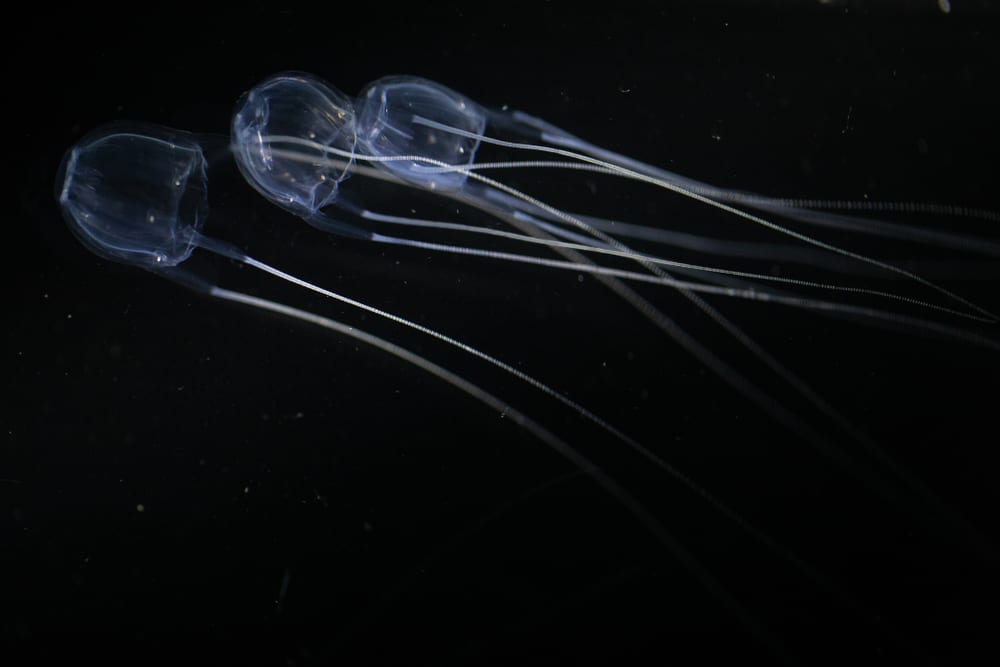Tiny Animals That Could Kill You - Beware Of These Teeny-Tiny Killers
Even though you should stay away from the biggest and scariest creatures at all costs. However, there are a lot of smaller animals that you might step on and not even know until it's too late. Here are some of the tiny animals that could kill you.
Author:Morgan MaverickReviewer:Raven NoirJun 15, 20225 Shares620 Views
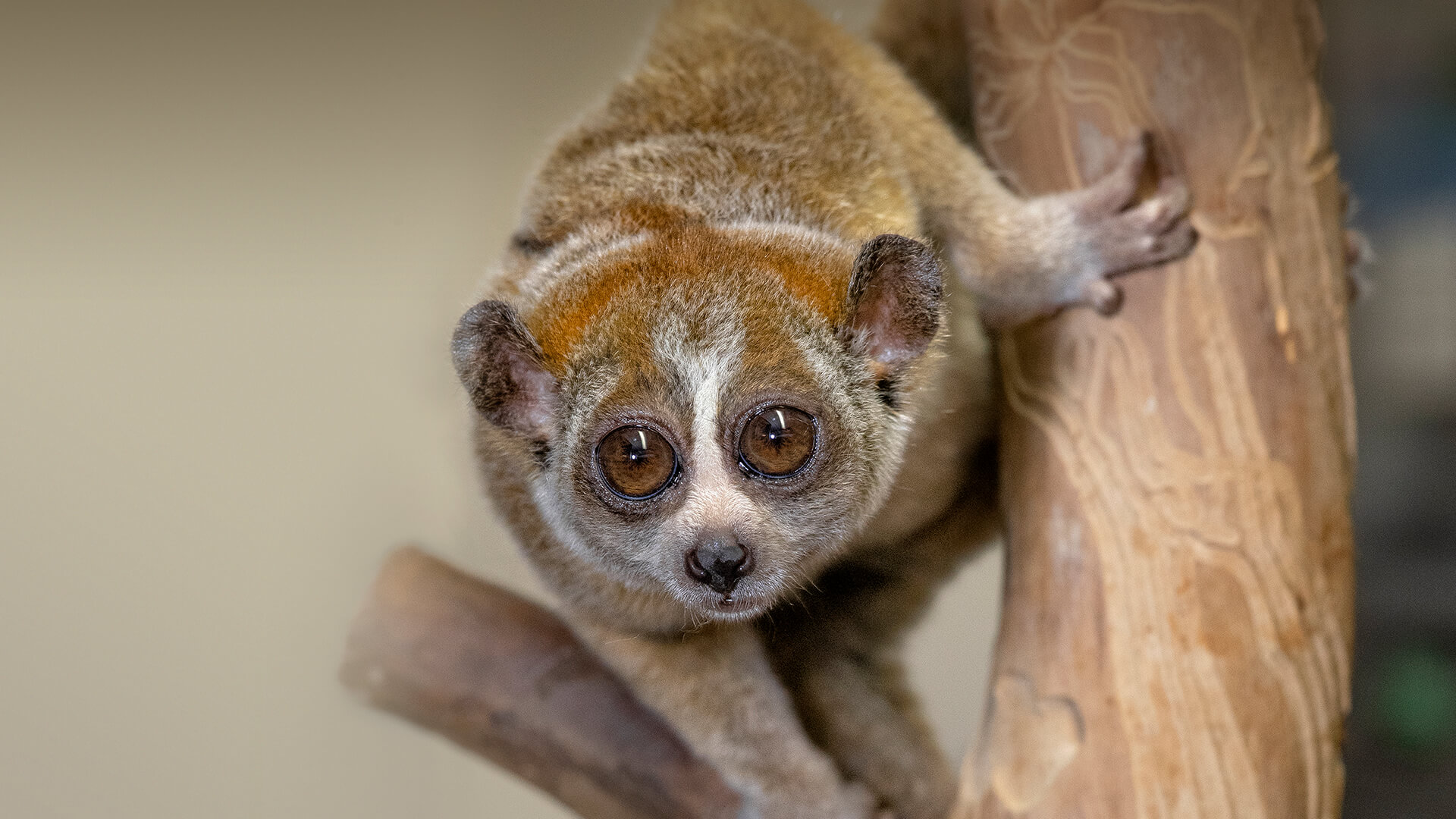
Even though you should stay away from the biggest and scariest creatures at all costs.
However, there are a lot of smaller animals that you might step on and not even know until it's too late.
Take note that the tiny animals that will be identified in this article are not listed according to their harmfulness.
Blue Dragon
The blue glaucus (Glaucus atlanticus) is a species of brightly colored sea slug that has a number of other names, including the blue dragon, sea swallow, and blue angel.
Temperate and tropical waters are home to this species, which can be found in the Atlantic, Pacific, and Indian oceans.
The animal often floats on its back, showing predators in the air on its brightly colored underside.
Toxic compounds or stinging cells from prey are incorporated into this species' skin, as is the case with most vividly colored sea slugs.
They eat the jellyfish's poisonous cells, which they then use to kill their own enemies.
They have nematocysts, which are like tiny harpoons filled with poison.
If the toxins get to your lymph nodes, they could make your airways swell and make it hard for you to breathe.
Pfeffer’s Flamboyant Cuttlefish
If you are not familiar with this tiny sea creature, here's a short video on what it looks like.

The Impossibly Colorful Flamboyant Cuttlefish
Pfeffer's colorful cuttlefish (Metasepia pfefferi) is a very stunning creature that has a distinct ability.
Flamboyant cuttlefish, a favorite of underwater photographers and filmmakers, display spectacular changing colors and patterns and really "walk" along the seafloor, as seen in the video above.
Like squid, these cuttlefish have two tentacles inside their arms that they use to catch their food.
The extremities of these tentacles are termed tentacle clubs and feature flat surfaces with 5–6 suckers, 3–4 of which are quite "enormous" and positioned in the center of the clubs.
Pfeffer's flashy cuttlefish is found on shallow (3 to 86 m) sand and mud substrates in tropical waters from Indonesia and Malaysia to Papua New Guinea and northern Australia, from southern Queensland to Western Australia.
Pfeffer's flamboyant cuttlefish is active during the day and has been recorded chasing tiny fish and crustaceans.
Its striking color and behavior may serve as a warning to predators.
According to a toxicological investigation of their muscular tissue, flamboyant cuttlefishes are highly poisonous.
Mark Norman of the Museum Victoria in Queensland, Australia, discovered that the venom is as dangerous as that of blue-ringed octopuses.
Pygmy Slow Loris
The Xanthonycticebus pygmaeuspygmy slow loris is a type of slow loris that lives east of the Mekong River in Vietnam, Laos, eastern Cambodia, and China.
They have shaggy fur and large eyes, and they are small enough to fit in the palm of your hand. They are kind of charming.
The animal is active at night and lives in trees. To find food, it crawls slowly along branches.
Don't worry if it jumps into your elbow and scares you; a pygmy slow loris can't do that. It doesn't jump like other primates do.
It lives in small groups, with one or two young, most of the time.
The length of an adult is about 19 to 23 cm (7.5 to 9.1 in), and its tail is very short.
It is about 450 grams (1.0 lb). It eats fruits, insects, small animals, tree sap, and nectar from flowers.
On the other hand, you most likely wouldn't want to handle one. In contrast to the vast majority of mammalian species, slow lorises are poisonous.
They get rid of poisons through special scent glands in their elbows that have been changed.
By licking its elbows, the loris is able to put poison on its teeth.
When people are exposed to the toxin, they can have severe allergic reactions.
Even though most people only get painful swelling where they were bitten, the venom has a high chance of killing them if they don't get treatment.
Indian Red Scorpion
The Indian red scorpion, also known as the eastern Indian scorpion, with the scientific name of Hottentotta tamulus, is the world's most venomous scorpion.
It is common in most of India, even as far as Pakistan. It is also found in the lowlands of eastern Nepal and, more recently, in Sri Lanka.
Here is a sample video from National Geographic where it features the world's deadliest scorpion, known as the Indian red scorpion.
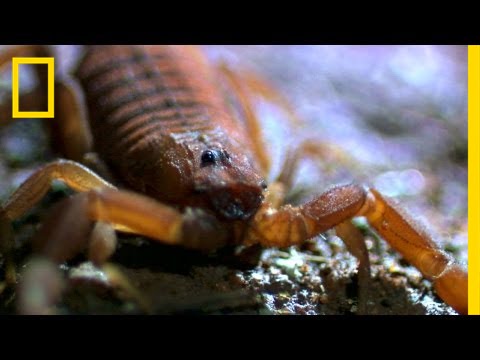
World's Deadliest Scorpion | National Geographic
The Indian red scorpion is a tiny scorpion that can grow to be 2 to 3-1/2 inches long.
Its color ranges from brilliant reddish-orange to dingy brown.
This species is of major medical importance in highly populated areas of India and Nepal, where it occasionally kills people.
Death rates range from 8 to 40%, and most of the people who die are children, according to clinical studies.
Although the Indian red scorpion does not hunt humans, it will sting in order to defend itself.
Because of their small size, children are more likely to die from stings.
Here are the following symptoms caused by the Indian red scorpion venom:
- Shock
- Low or high blood pressure
- A fast or slow heart rate
- Abnormal heart rhythms
- Pink frothy sputum
- Breathlessness
- Muscular convulsions
- Unconsciousness
- Cyanosis
- Priapism
- Sweating
- Vomiting
- Severe local pain
Common Kingslayer
Malo kingi, often known as the common kingslayer, is a type of Irukandji jellyfish. It was first described to scientists in 2007.
As an Irukandji, it can cause Irukandji syndrome, which is marked by severe pain, vomiting, and a sudden rise in blood pressure.
It is named after its first victim, Robert King, a tourist from the United States who died from its sting while swimming off the coast of Port Douglas, Queensland.
They can be halo banded, which means they have halo-like bands encircling their tentacles.
They are bell-shaped and covered in light purple nematocyst warts.
The bell is translucent, colorless, and 31 mm in height.
Even though it is no bigger than a human thumbnail, it has some of the world's most lethal venom.
M. kingiis a small and inconspicuous, but it is extremely venomous.
Take note of how little it is in the image that is shown below.
This makes it difficult for potential victims to see them before being stung.
There have been reports of them stinging individuals in the past.
While researching M. kingi, Lisa-Ann Gershwin, an Australian marine stinger advisor, was stung.
She was stung on both hands, causing severe blistering.
A week later, many layers of her skin began to peel away.
According to Gershwin, a small girl was also stung, causing nausea, extreme agony, and anguish.
Because various people have had varying reactions to being stung, experts believe that as an M. kingimatures, its venom becomes stronger.
They also think the non-halo versions are less poisonous.
Mosquito
When you look at how a mosquito bite works up close, it's scary.
The most dangerous animal in the world has six needle-like parts in its mouth that it uses to cut through our skin, tap a blood vessel, and sometimes leave us with a dangerous gift as it leaves.
You can see footage of a mosquito from a very close-up below.
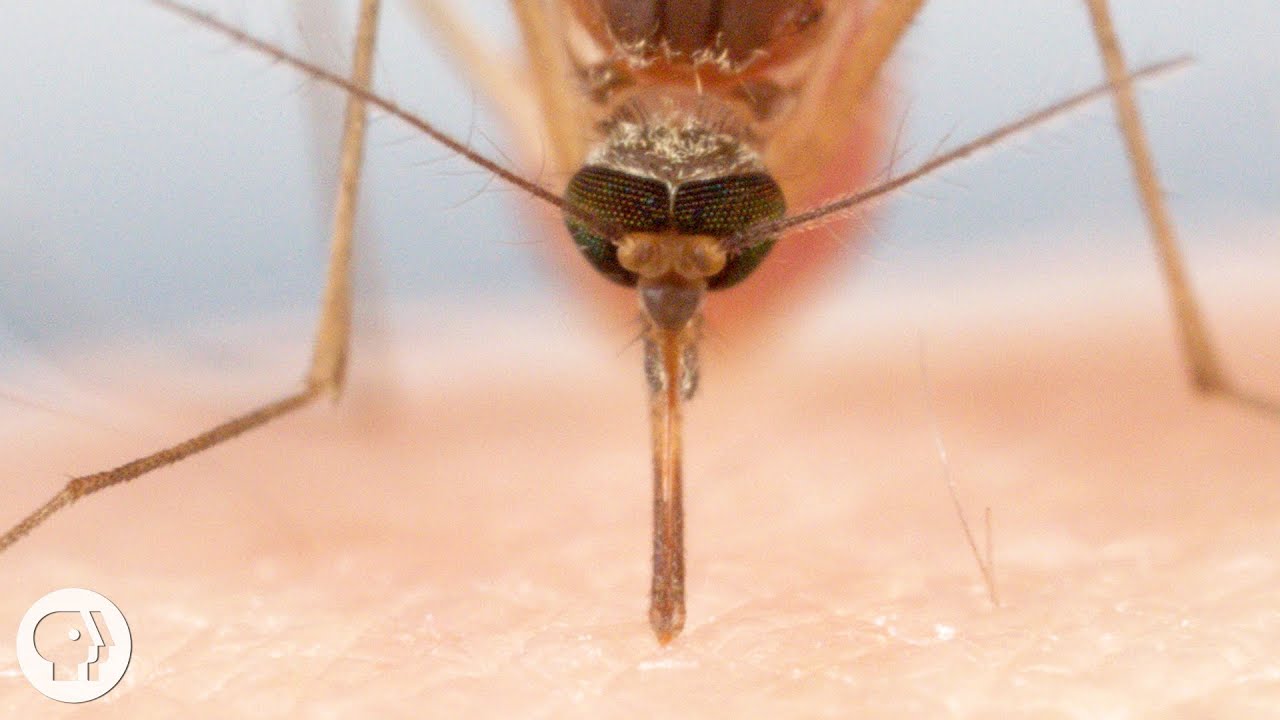
How Mosquitoes Use Six Needles to Suck Your Blood | Deep Look
About 2.5 to 3 million people die each year because of mosquitoes.
That's a lot for an insect that probably won't even be noticeable when it bites you, but they won't tell you that.
Mosquitoes are very good at spreading deadly diseases and parasites because they are so small and hard to see.
Malaria is likely the most well-known disease that mosquitoes spread.
But the Zika virus, dengue fever, yellow fever, Japanese encephalitis, and more are also on the list.
What Scientists Found Out About The Needle Of A Mosquito
Scientists have discovered that the mosquito's mouth, known as a proboscis, is more than simply a single tiny spear.
It's a complicated system of thin needles that pierce the skin, find blood vessels, and make it easy for mosquitoes to drink blood from them.
When a female mosquito bites us, a flexible sheath called the labium rolls up like a lip and stays outside while she pushes in six needle-like parts called stylets.
On the other hand, male mosquitoes don't bite.
There are tiny teeth on two of these needles, which are called maxillae.
They help the mosquito cut through the skin. They're so sharp that when a mosquito bites you, you barely feel it.
Walter Leal, a biochemist at the University of California, Davis, said, "They look like drill bits."
The mandibles, which are another set of needles, keep tissues apart while the mosquito works.
The sharp end of the labrum needle is then pushed under the skin to pierce a blood vessel and draw blood from it.
The sixth needle, known as the hypopharynx, drools saliva into us and supplies chemicals that keep our blood moving.
Mosquito saliva also dilates our blood vessels, inhibits our immune response, and lubricates the proboscis.
It generates itching welts and acts as a carrier for deadly viruses and parasites.
Most Dangerous Small Mammals
Koala
Both adults and kids fall in love with koalas quickly because of how cute they look. Be careful, though, because even though these animals don't seem aggressive, they may bite you if they feel threatened.
Kangaroo
The Red Kangaroo is Australia's national animal, and a lot of people know about it and it's too cute to deny.
But the kangaroo is surprisingly dangerous because of its big size, strong back legs, and sharp claws. If it gets angry, it can kill you with a single kick.
People Also Ask
What Is The Smallest Animal That Can Kill You?
Here are some of the well-known smallest animals that can kill you. Some of the animals below are also featured in this article.
- Irukandji Jellyfish
- Metasepia Pfefferi
- Poison Dart Frog
- Freshwater Snails
- Blue-Ringed Octopus
- Indian Red Scorpion
- Glaucus Atlanticus
- Mosquitoes.
What Cute Animal Can Kill You?
Slow loris is the cutest thing ever. But if you see one, you should stay a long way away. Even though they look like they'd love to be picked up and held, it's likely the opposite is true. They will bite if they feel threatened, and the poison in their bites kills quickly.
What Is A Scary Animal?
Black mamba is recognized as one of the scariest animals in the world. Black mambas are fast, nervous, have poison that can kill, and are very aggressive when they feel threatened. They have been blamed for killing a lot of people. Because of these things, the black mamba is often thought to be the deadliest snake in the world.
What Animal Kills The Most Humans?
Surprisingly, the most dangerous animal to humans is not a big one with sharp teeth, but a tiny one that buzzes. About one million people die every year because of mosquitoes. Most people think of them as nothing more than a nuisance in the summer, but they are the most dangerous animal on the planet.
Conclusion
This article's author hopes you like reading about "small animals that could kill you."
This article has taught you that many of the most hazardous animals on the planet are also among the smallest.
Even if they are minor and sometimes go unnoticed, you should be extra cautious.

Morgan Maverick
Author
Morgan Maverick is an unorthodox news reporter driven by an insatiable hunger for the truth. Fearless and unconventional, he uncovers hidden narratives that lie beneath the surface, transforming each news piece into a masterpiece of gritty authenticity. With a dedication that goes beyond the boundaries of conventional journalism, Morgan fearlessly explores the fringes of society, giving voice to the marginalized and shedding light on the darkest corners.
His raw and unfiltered reporting style challenges established norms, capturing the essence of humanity in its rawest form. Morgan Maverick stands as a beacon of truth, fearlessly pushing boundaries and inspiring others to question, dig deeper, and recognize the transformative power of journalism.
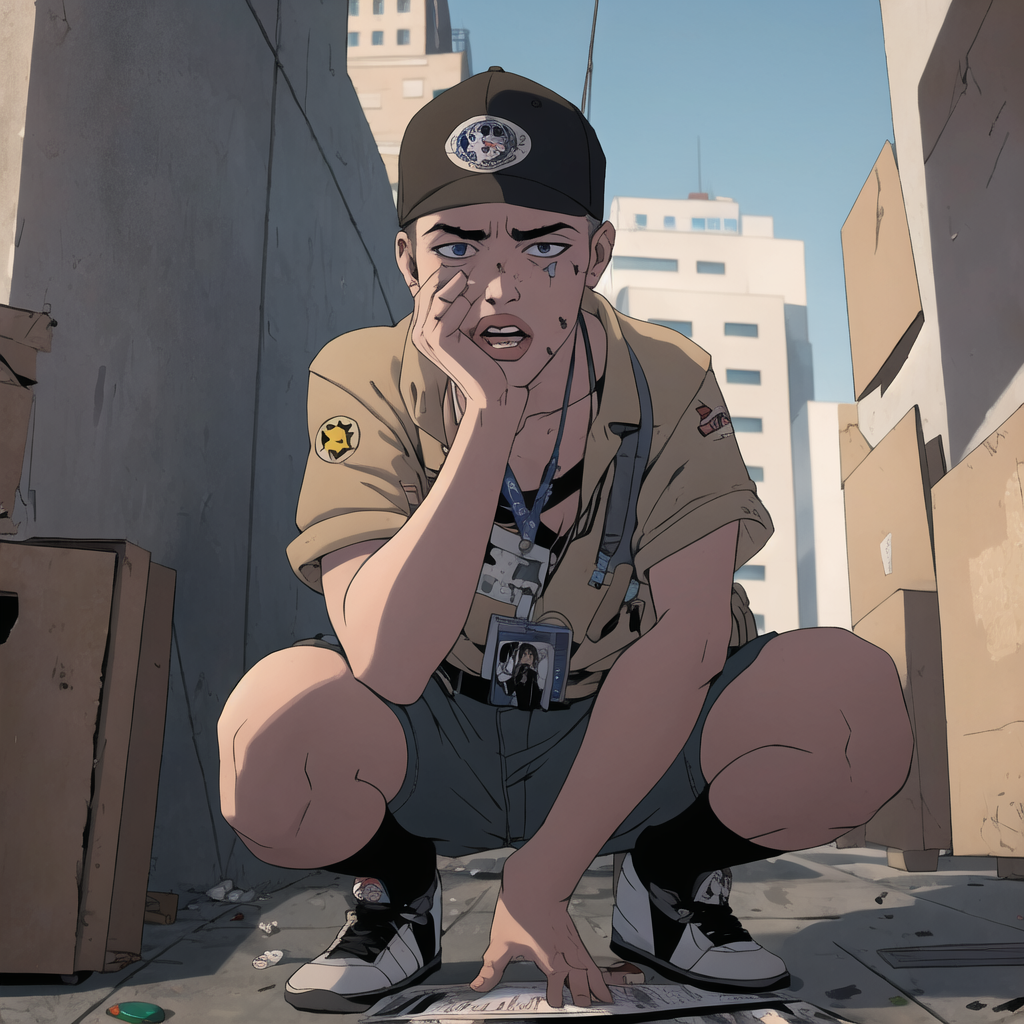
Raven Noir
Reviewer
Raven Noir is a captivating and enigmatic news reporter who unravels mysteries with a relentless pursuit of truth. Possessing an insatiable curiosity and an astute mind, Raven delves into the depths of complex stories, unearthing secrets that lie beneath the surface. With a masterful grasp of deduction and observation, Raven stands as a beacon of fearless investigation.
In the realm of journalism, Raven is known for his enigmatic presence, drawing people in with an aura of intrigue. Driven by an unwavering passion for unveiling the truth, Raven Noir continues to shed light on the darkest corners of society. Through captivating storytelling and unwavering determination, he challenges conventions and uncovers enigmatic secrets that lie just beyond the surface.
Latest Articles
Popular Articles
